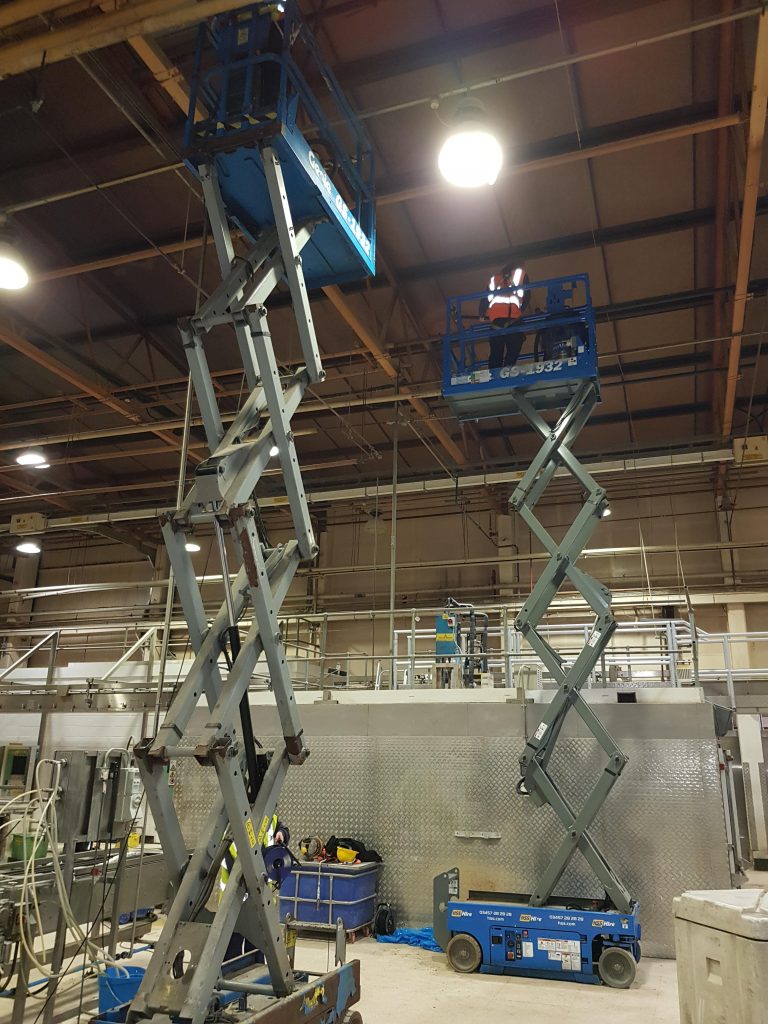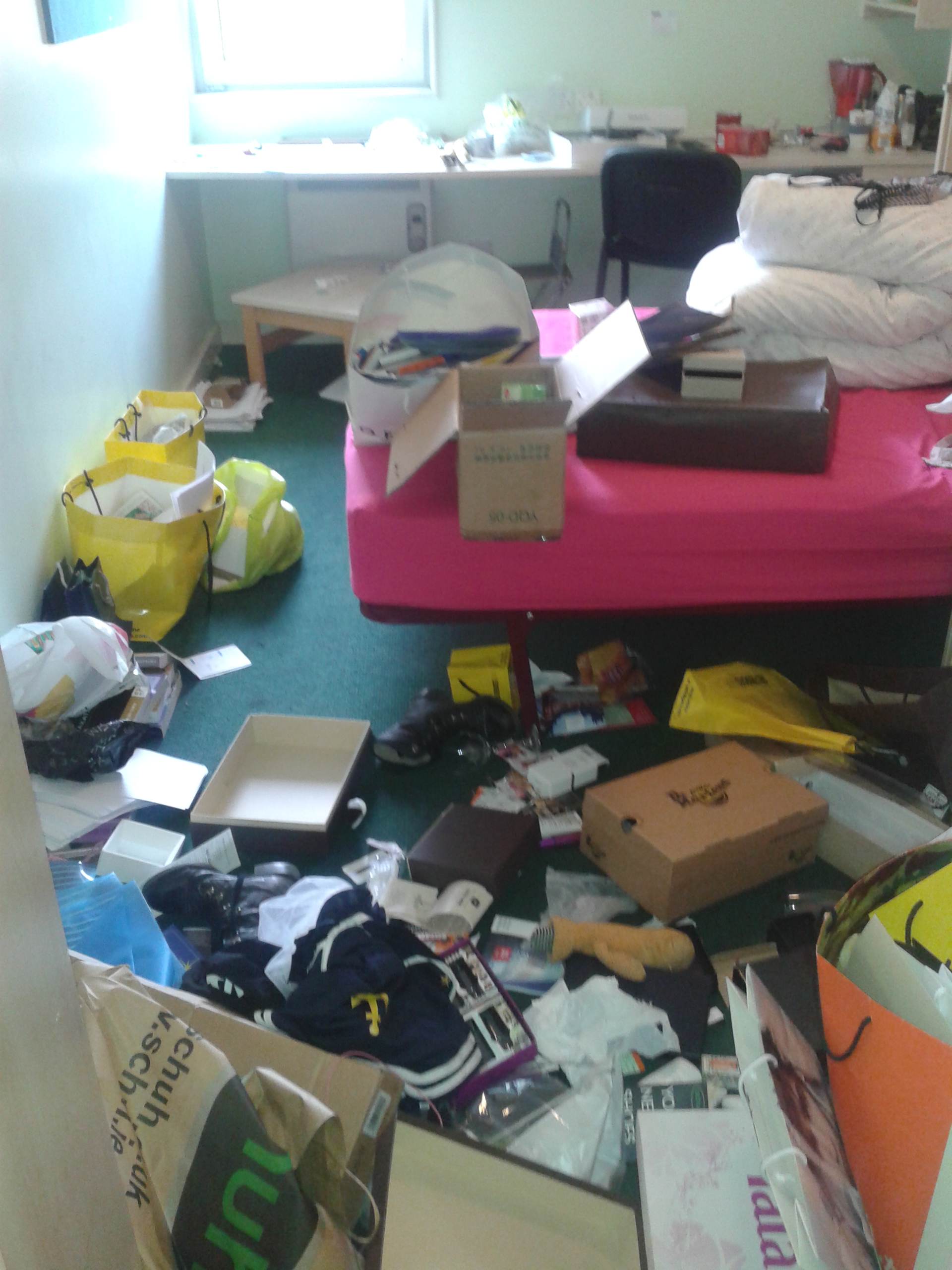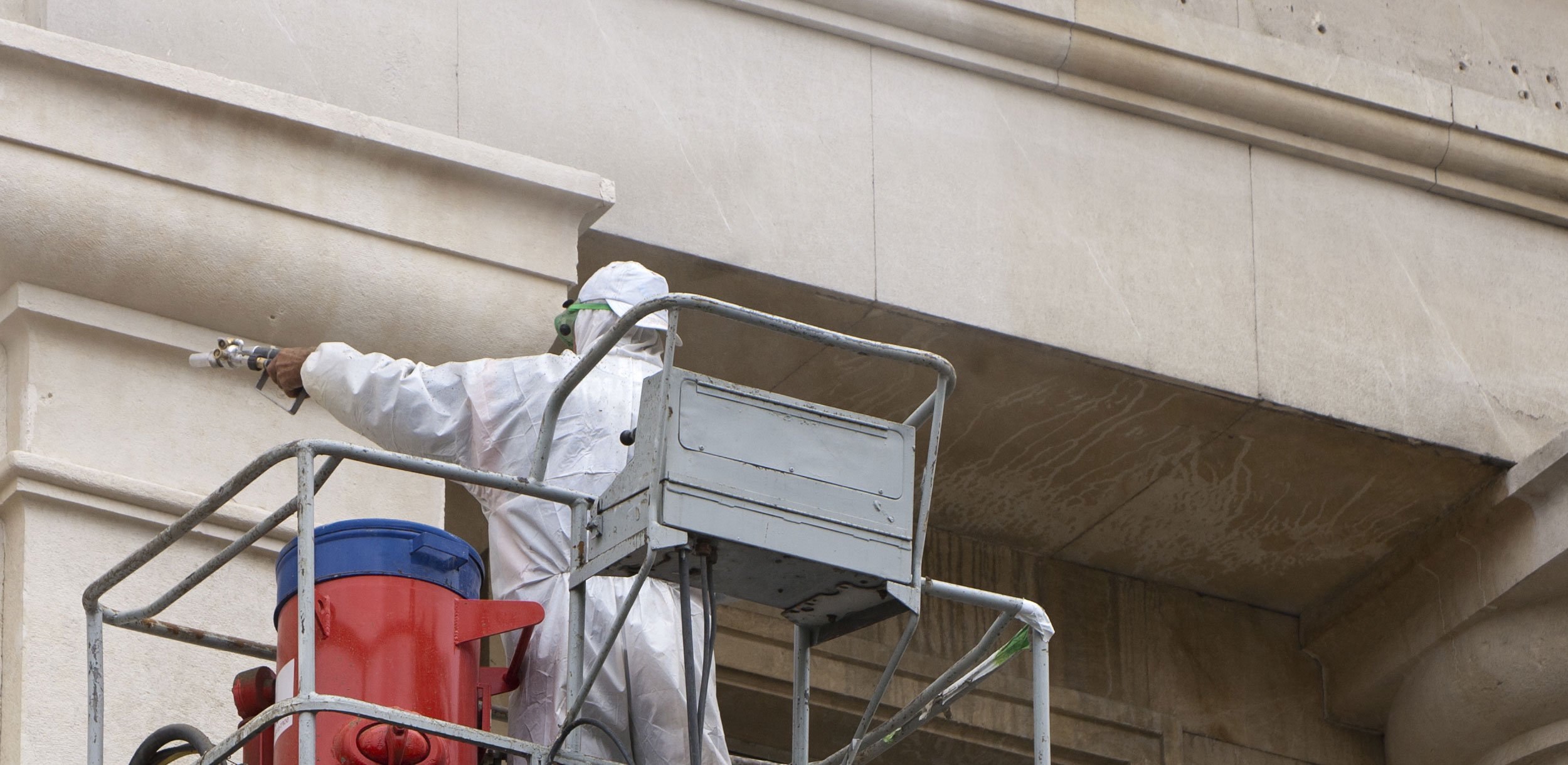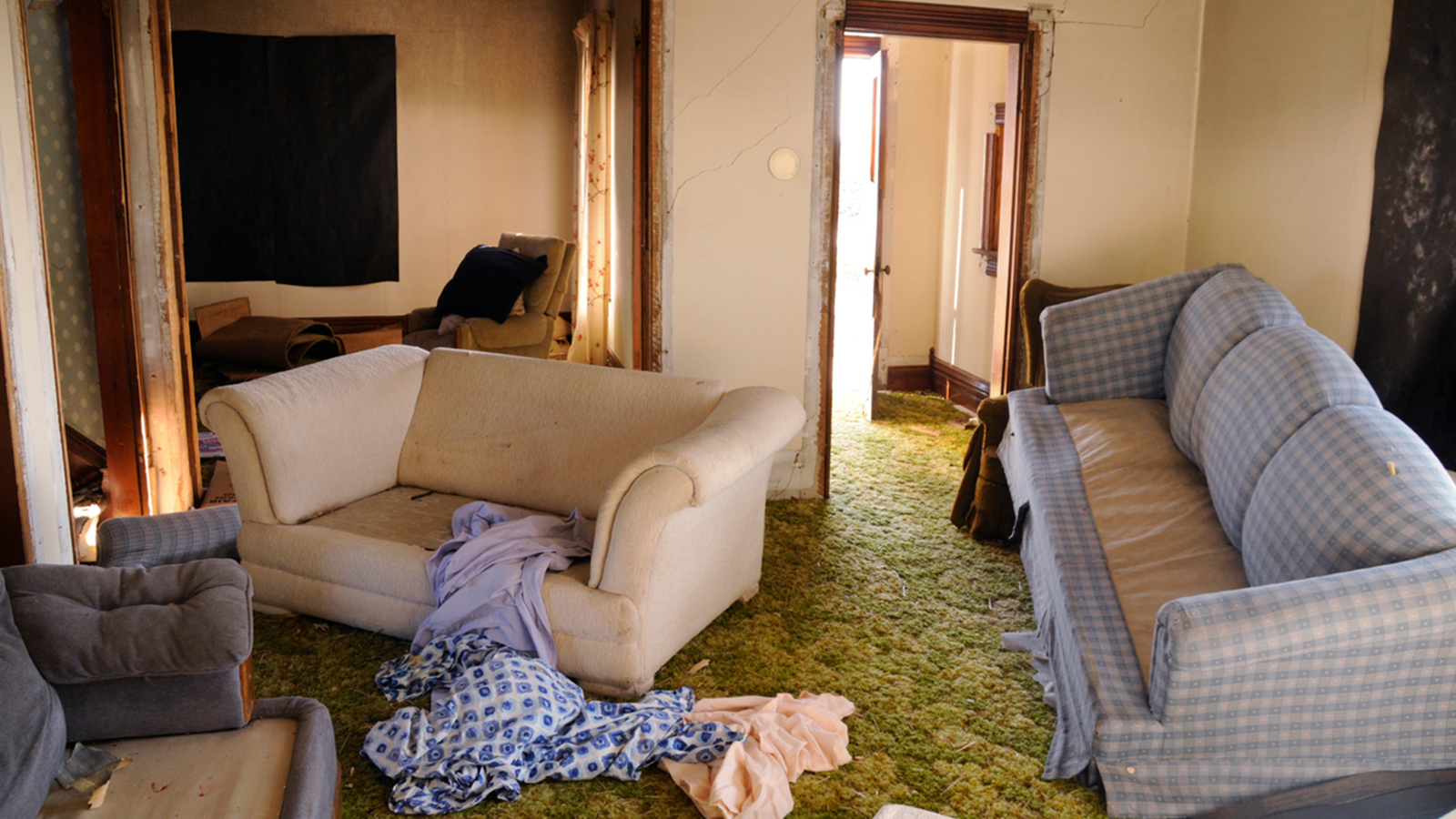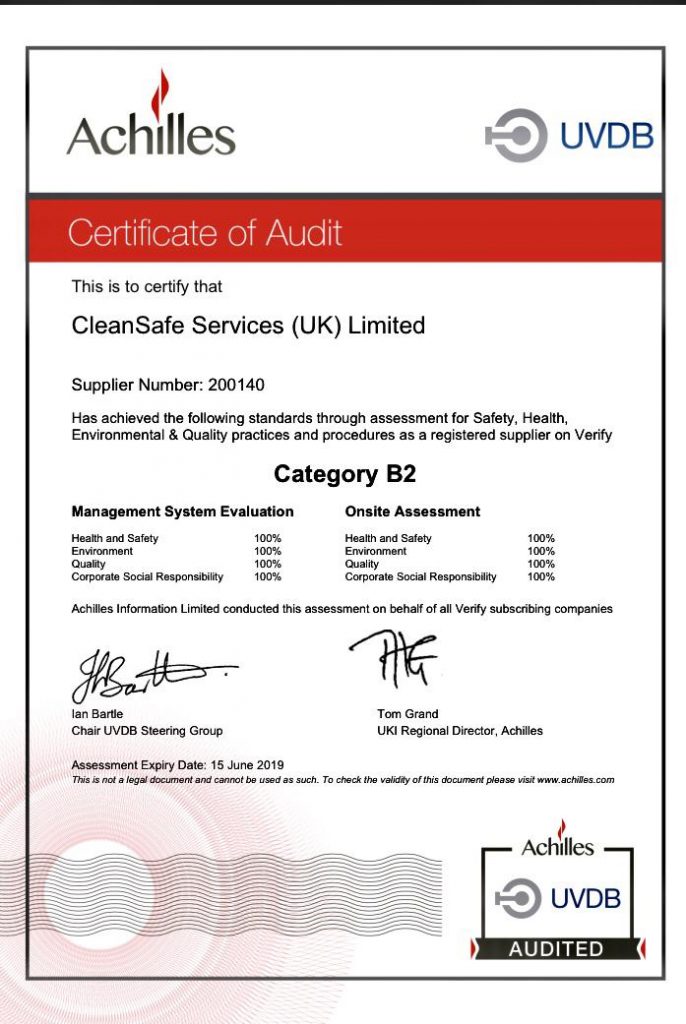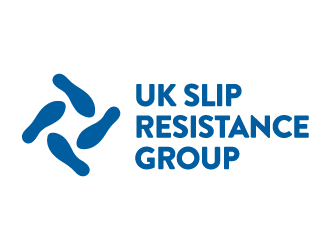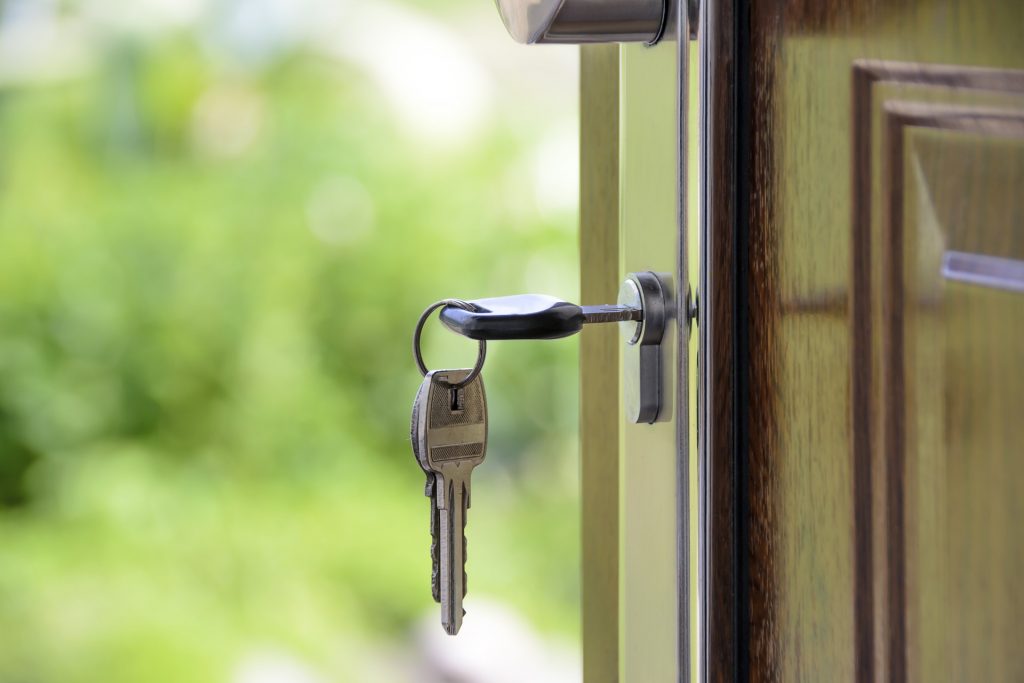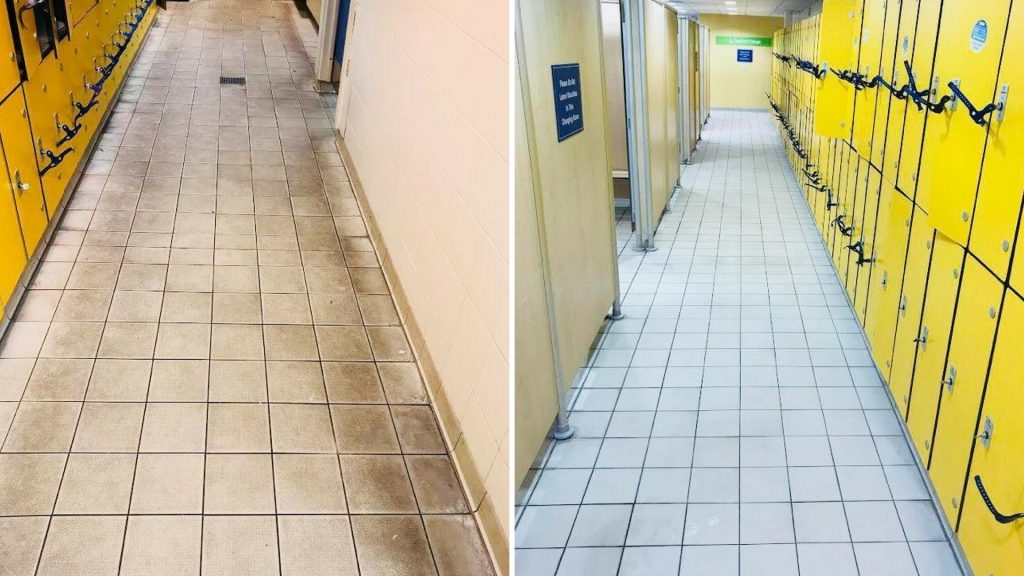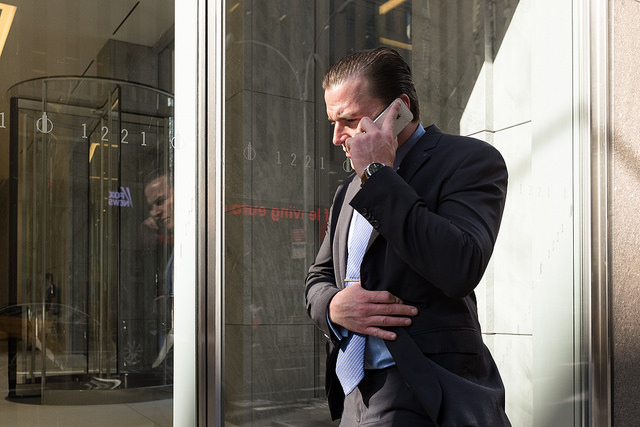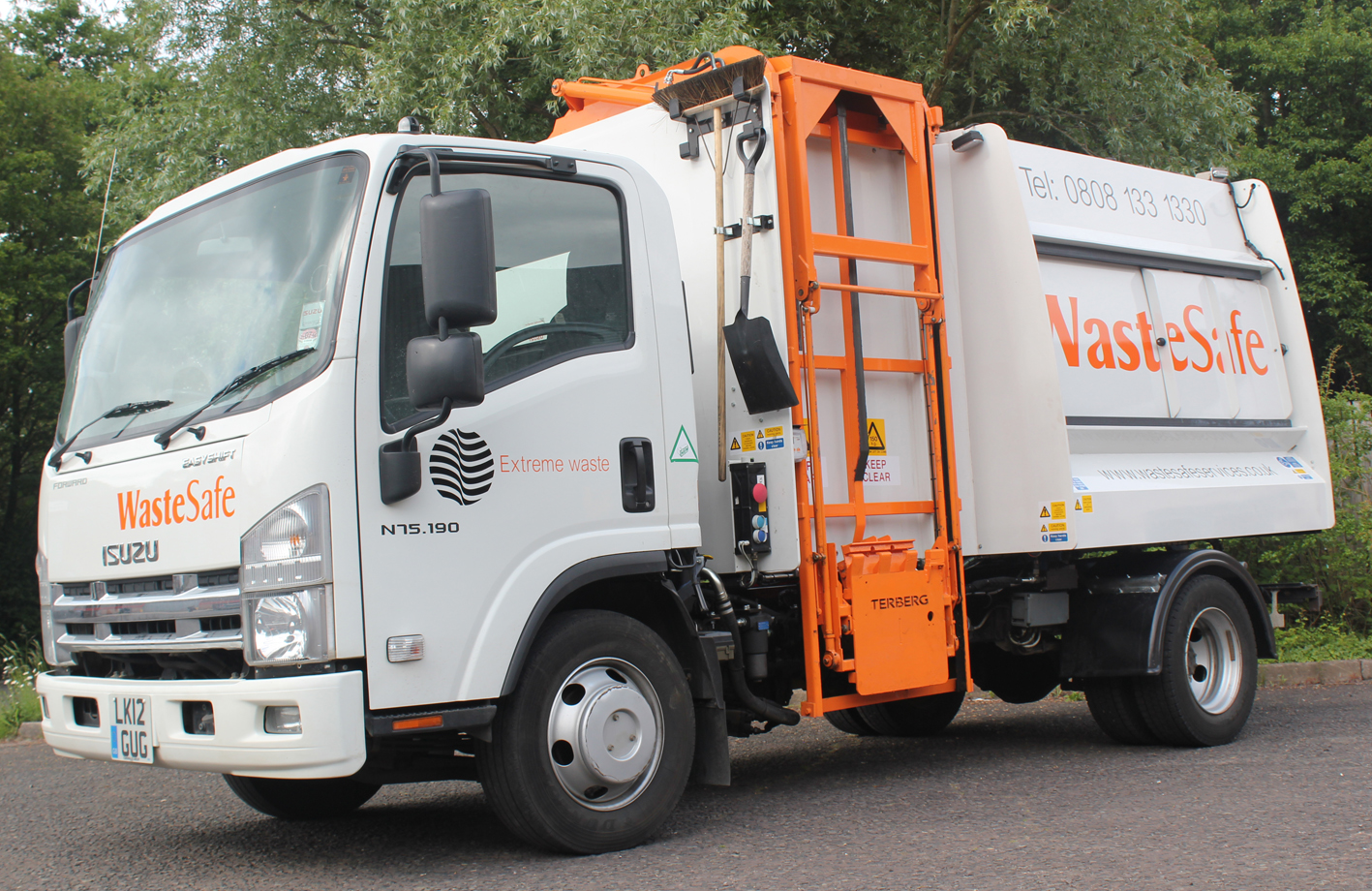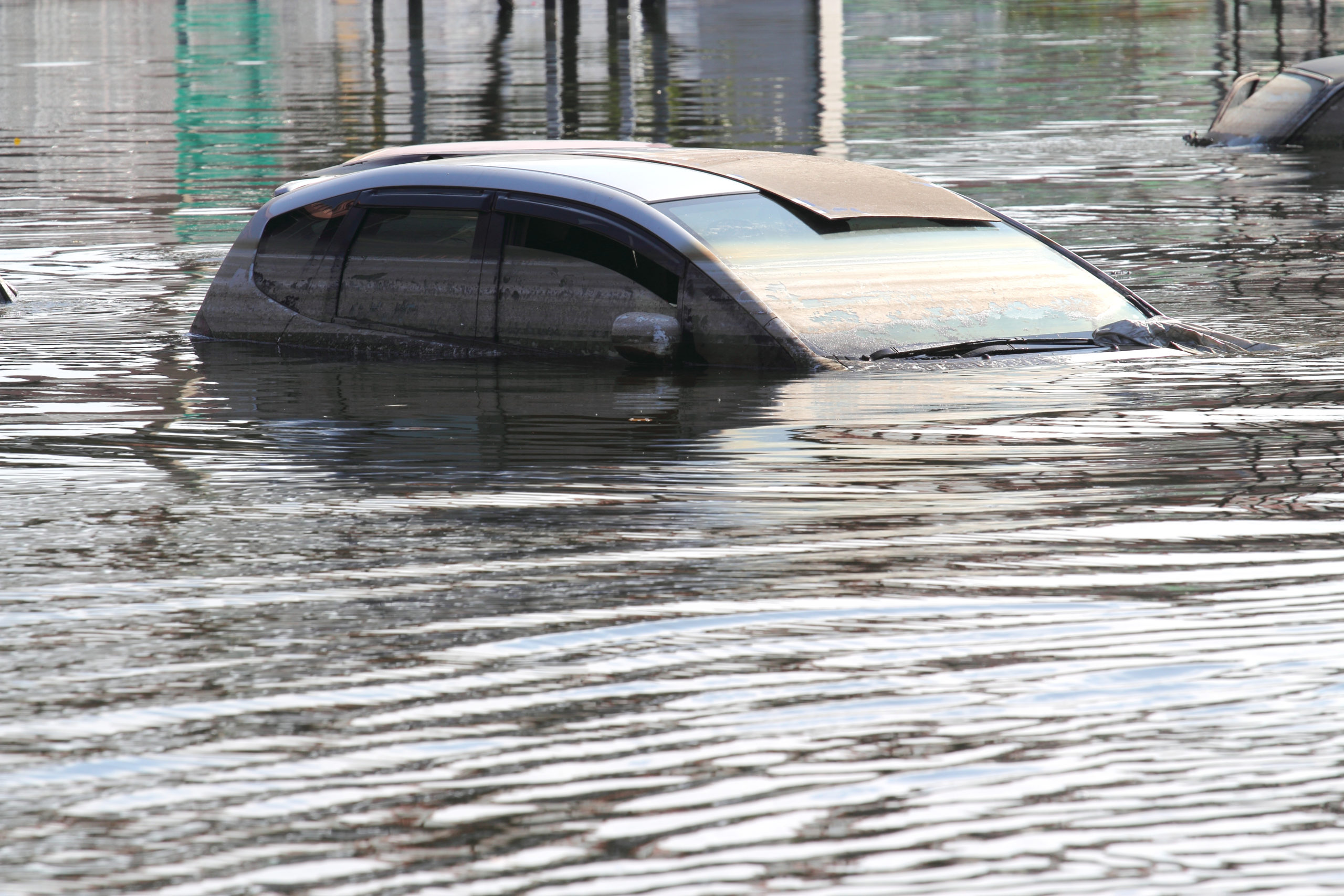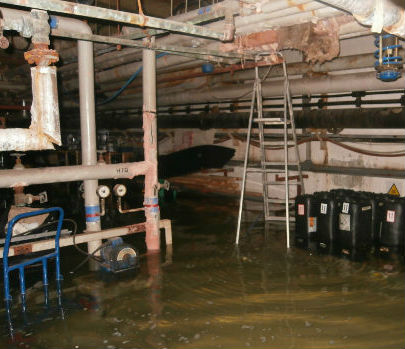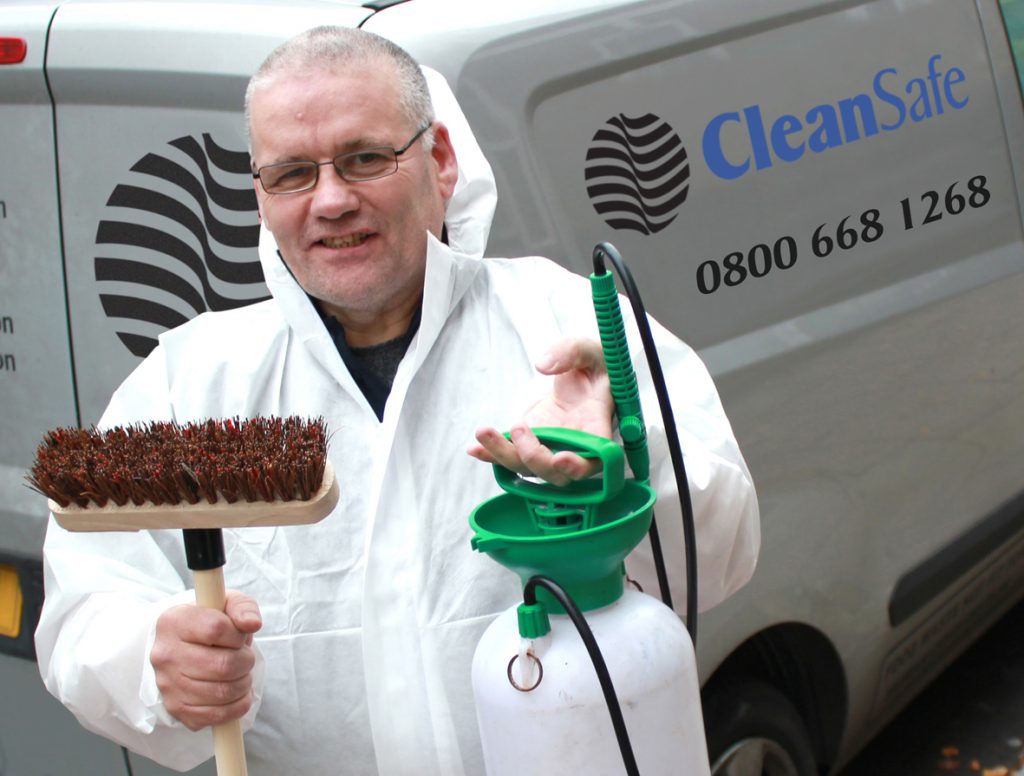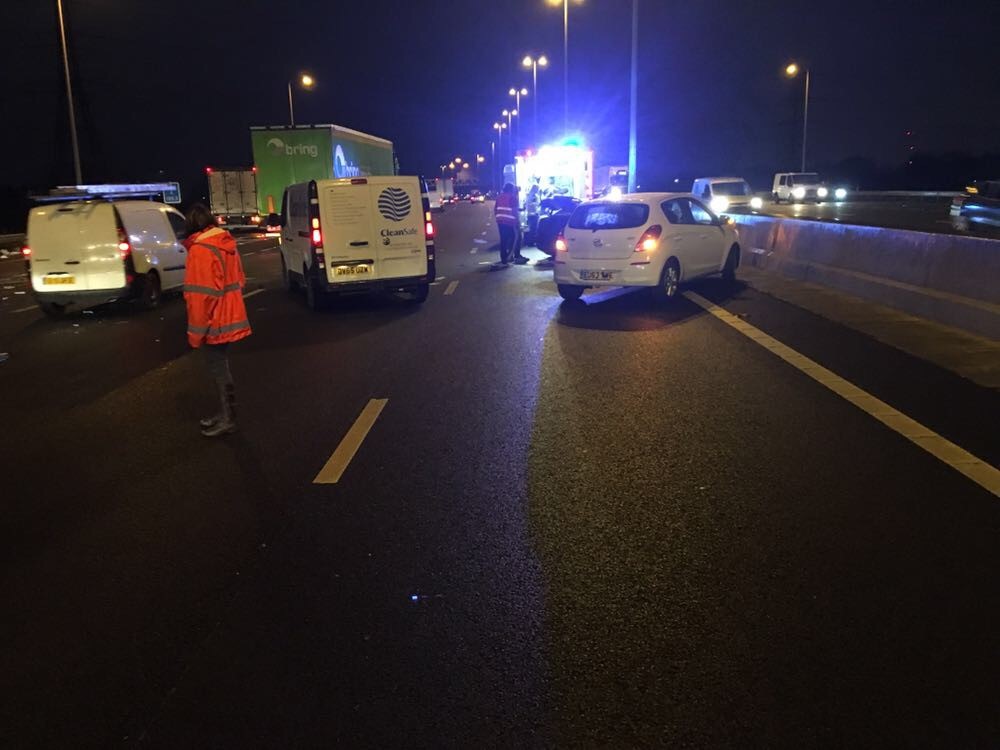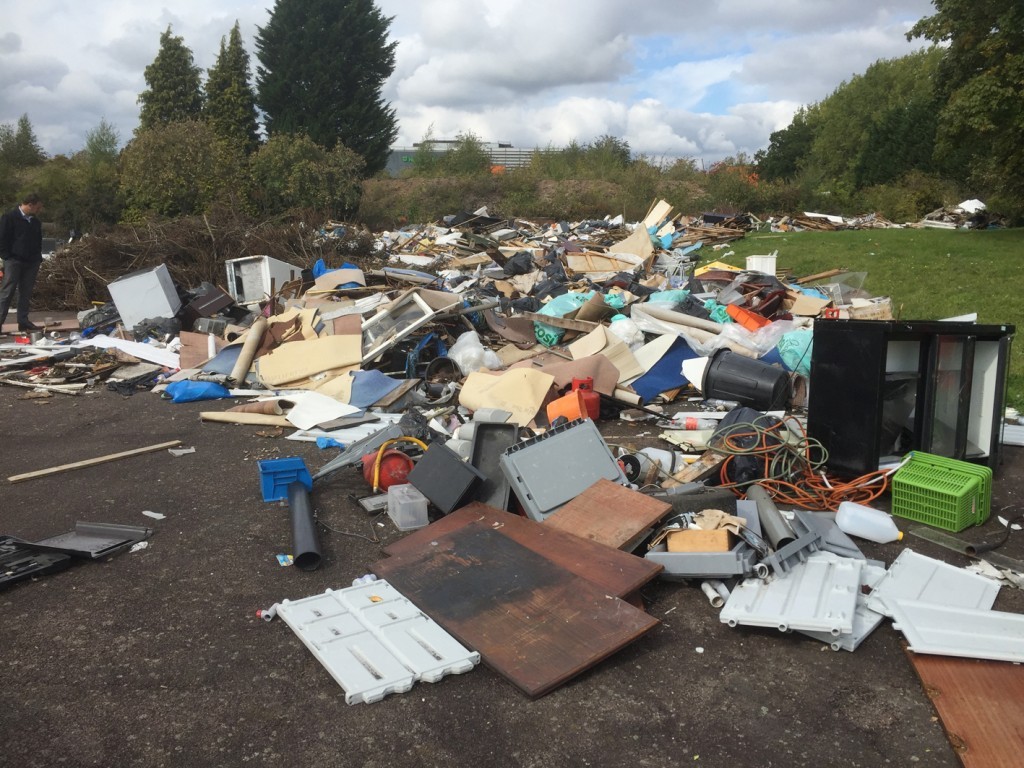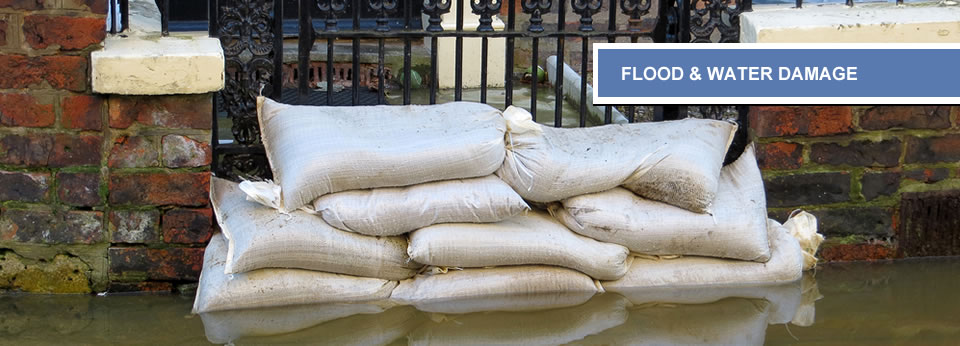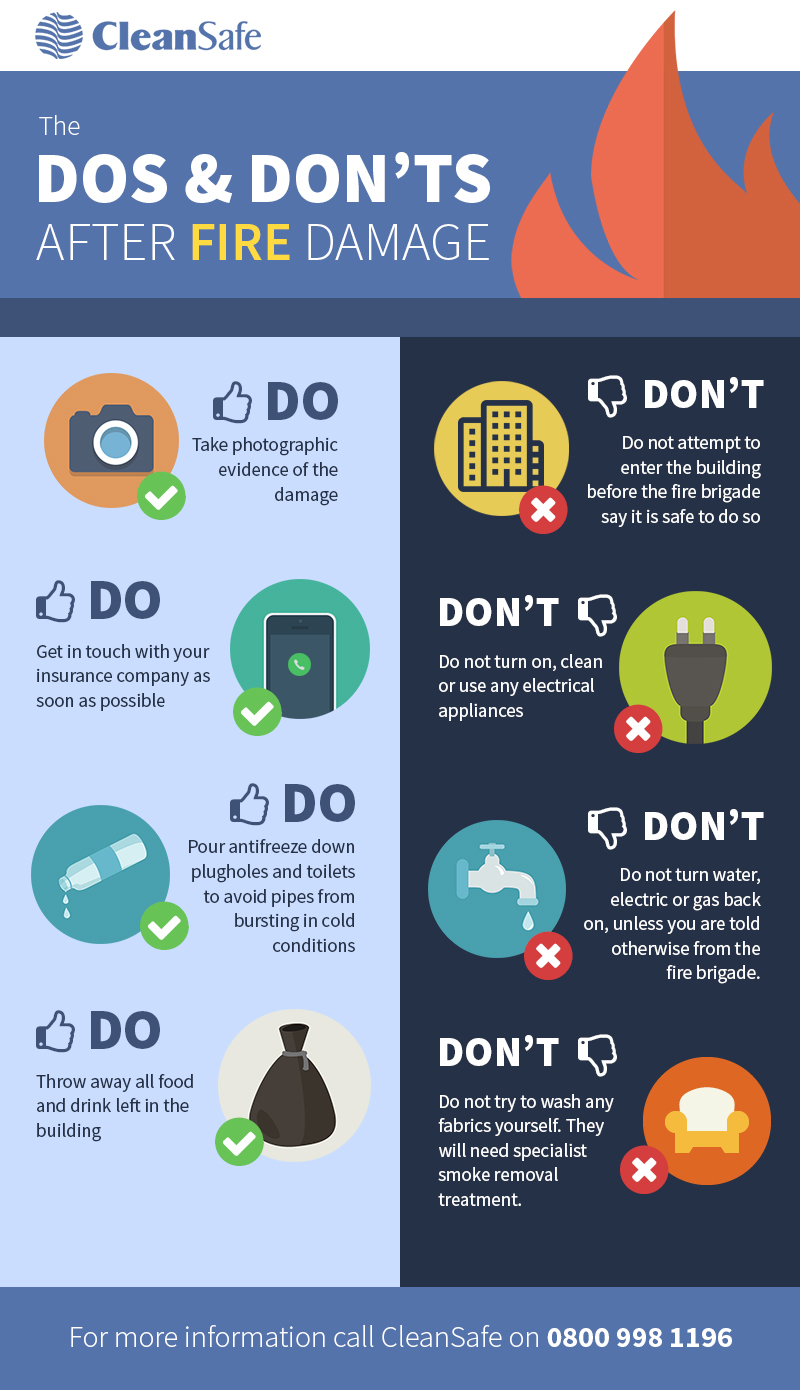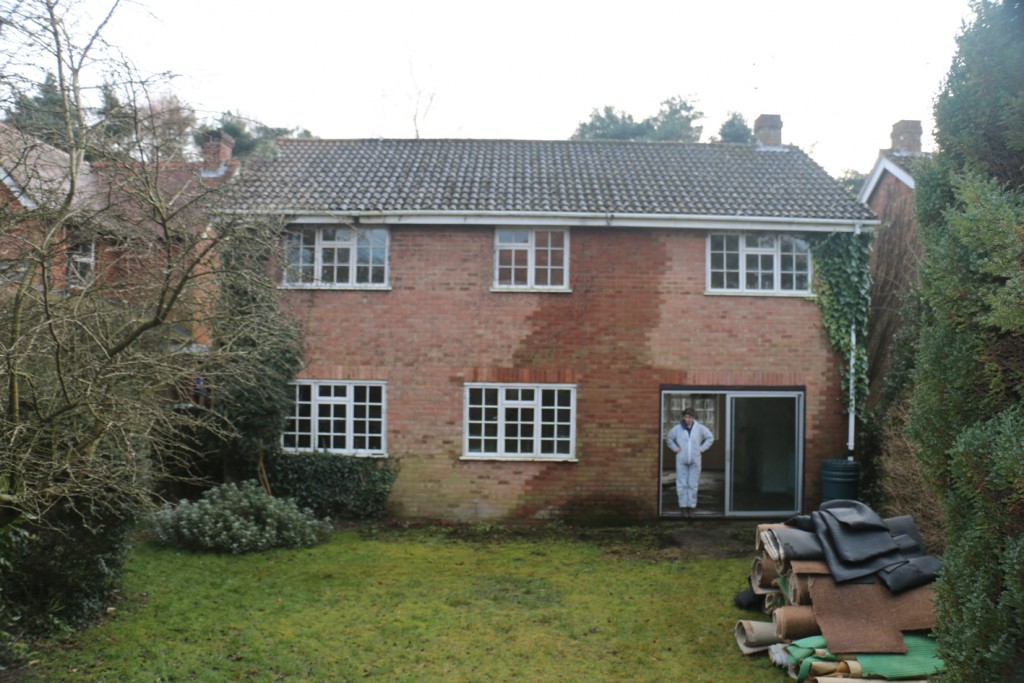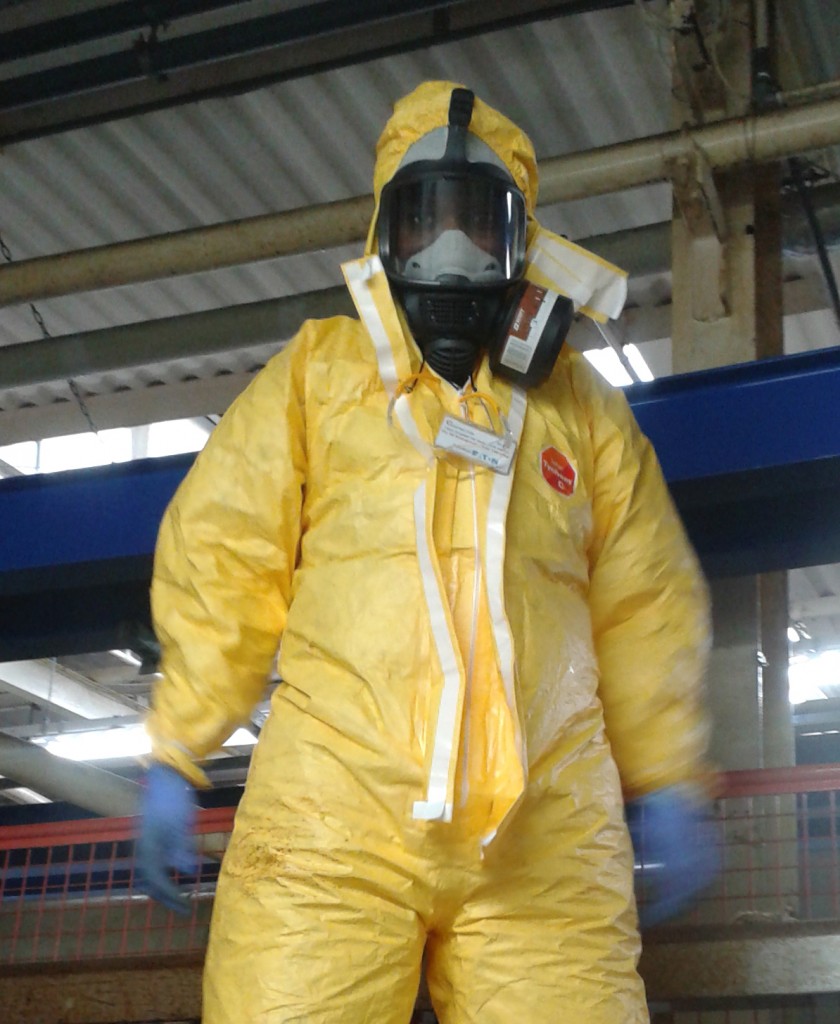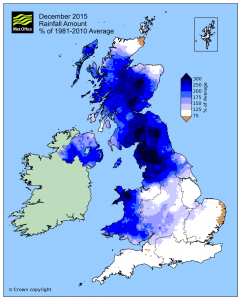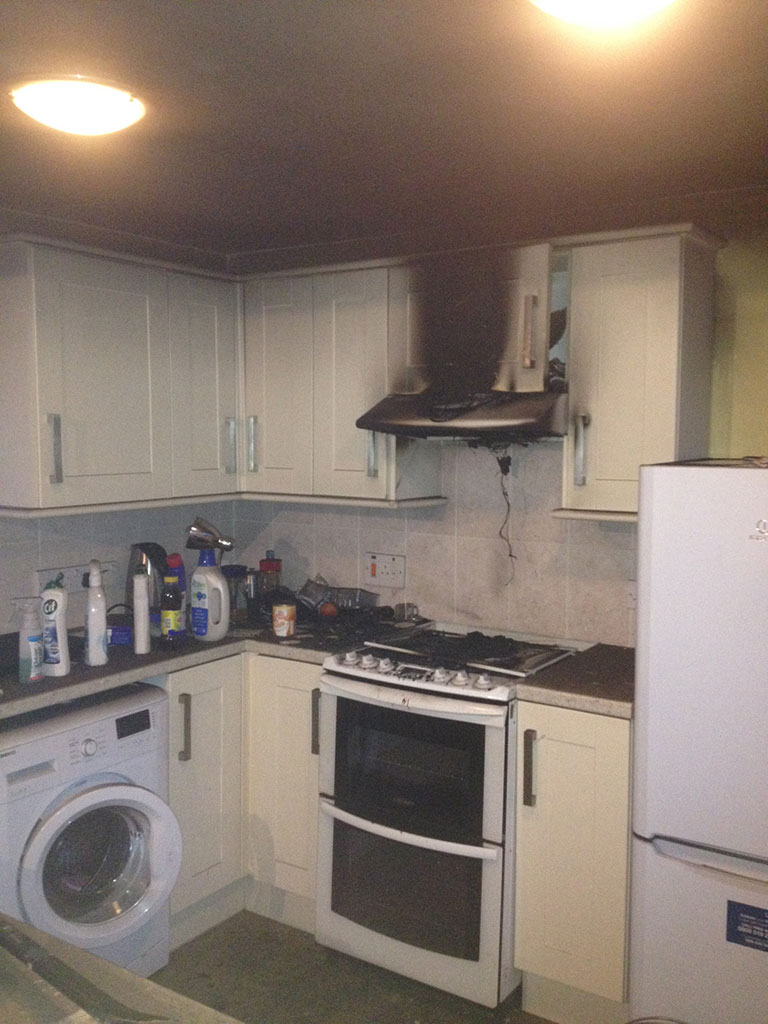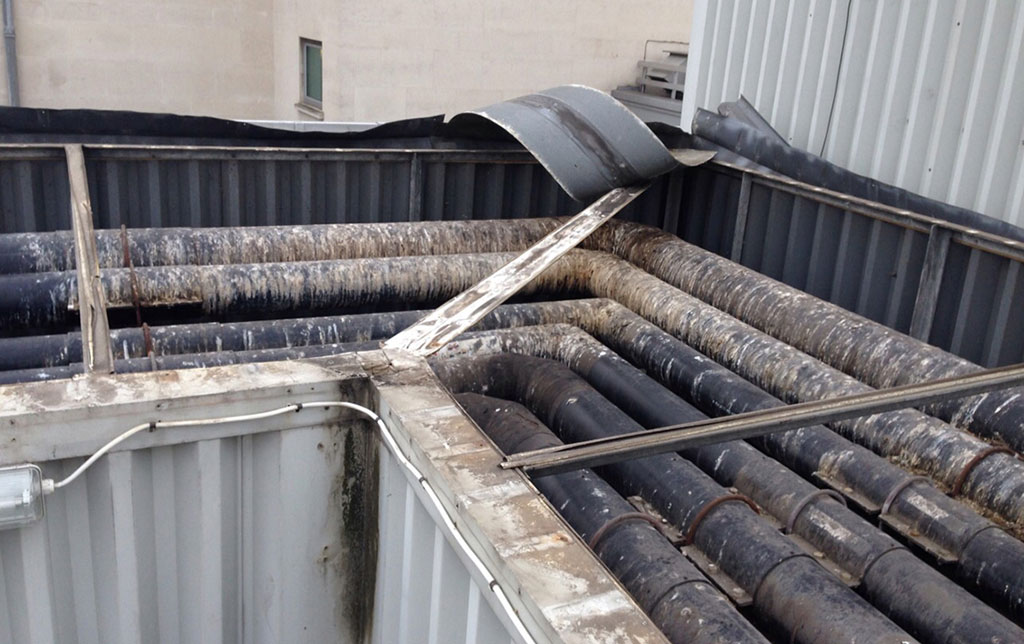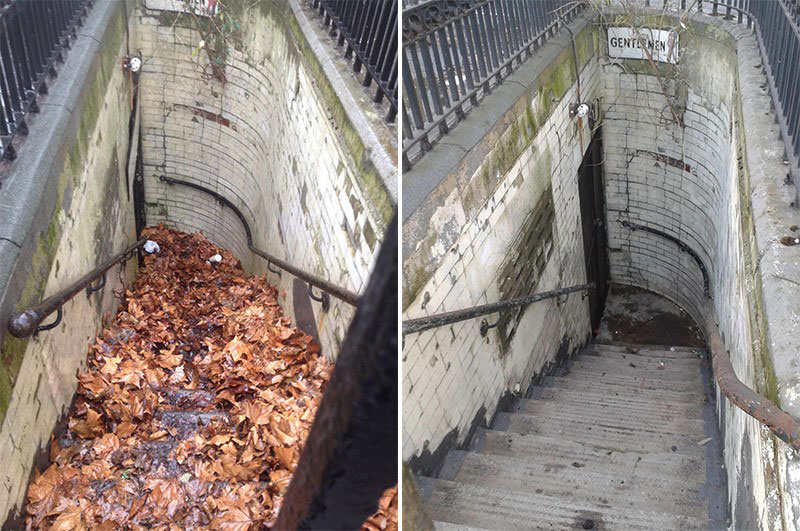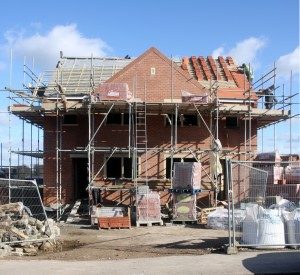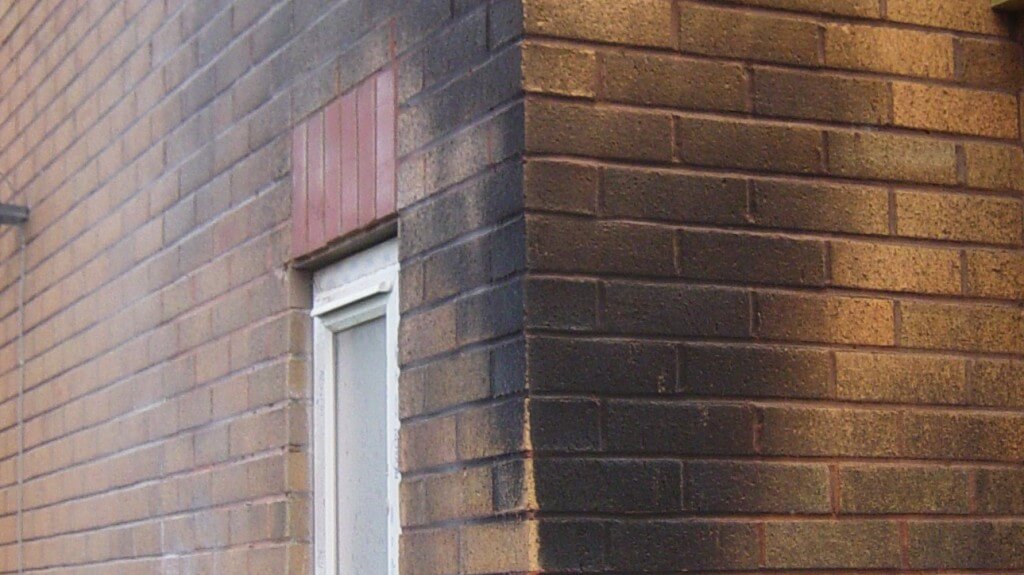Flooding is the most common natural disaster in the United Kingdom, with Edinburgh and Scotland as a whole particularly susceptible. Around 1 in 13 business and other non-residential premises in Scotland are at risk of flooding.
Floods are, of course, more prevalent during the winter months, but can happen at any time of year, causing massive disruption and damage to commercial properties and the smooth running of businesses.
Not only are the building repair costs and the loss of operating capacity of massive financial concern to Edinburgh businesses, but there are many more far-reaching repercussions of flooding, including hugely inflated insurance premiums for companies in high-risk areas. As experts in flood cleanup services in Edinburgh, we have seen the consequences.
Read on for information on recent flooding in Edinburgh, and what you can do to prepare your property. Find out about your present risk of flooding, where to sign up for advanced flood warnings and how to cope when disaster strikes.
Causes of flooding
There are a variety of reasons that flooding can occur. Heavy rainfall is, of course, a primary instigator, but recent research by the University of Warwick has shown that climate change has affected rain patterns over the last 60 years, particularly in Scotland, which could be heightening the risk.
Overall, annual rainfall in the country has not increased dramatically, but the amount of rain has instead been separated into extremes of less frequent and milder light-rain days, and more intense heavy-rain days. These heavy rain days have increased in severity by 50% or more, which has made flooding more of a real threat than ever before.
With various rivers in the area, fluvial (riverine) flooding is one of the most prevalent threats in Edinburgh and nearby. There are many factors influencing the likelihood of floods from rivers, including bridges, fly-tipping waste and other man-made obstacles; natural composition of the riverbeds, such as trees and vegetation and general soil conditions and sedimentation. Of course, climatic weather conditions and the knock-on effects of sea storms and high tides are also major catalysts for flooding events.
Other causes of flooding include drain system overflow, particularly within the city centre of Edinburgh.
Less common, but just as severe flooding can be caused by unusual circumstances, such as a collapse of the Union Canal in 2002 from sewer construction work. This incident sent millions of gallons of water into Fountainbridge, flooding a brewery and other industrial property as well as some residential areas. It goes to show that even if your local area is technically quite low-risk, an unexpected flood can occur and impact your business for many reasons.
Determining the flood risk level for your business
The Scottish Environmental Protection Agency (SEPA) is Scotland’s national authority on flooding. SEPA are currently working with the Met Office, local authorities and Ready Scotland in order to promote awareness of, and advice for coping with floods in Edinburgh and elsewhere throughout the country.
They have a put together a detailed flood map with a variety of information about flooding in Edinburgh, including nearby sources of coastal, river and surface water, potentially vulnerable areas, flood defences and groundwater. It’s worth spending time familiarising yourself with risk levels in your nearby area, both for your commercial property itself and to gauge the likelihood of impact on travel, deliveries and suppliers/clients which could affect the running of your business if flooding occurs.
Receiving warnings when your business is at risk of imminent flooding
SEPA provides live flood alerts for Edinburgh, with a map showing areas that may currently be at risk – take a look here. Even more useful is their Floodline direct warning service, which lets you sign up for flood alerts directly to your phone. You simply provide your postcode, and receive one of two types of warnings depending on your property location. If SEPA has a flood monitoring system set up within your local area they will be able to provide targeted flood warnings specifically for that location, but if not then you will still be able to receive messages for general flood alerts nearby.
You can sign up for Floodline by calling either 0345 988 1188 or 0845 988 1188. To find out more information, visit the Floodline website and consider signing up for the Flooding Gateway newsletter, an email mailing list with updates from organisations which manage flooding risk across Scotland.
As a bonus method of hearing about flood and weather warnings in Edinburgh and Scotland, users of social media have a few different accounts they can follow to keep up-to-date. Ready Scotland is a useful service, and can be followed @ReadyScotland on Twitter and also on Facebook.
Who to contact about flooding in my area (and who is responsible?)
If a flood does hit your company’s property or the nearby area, then the organisation you need to contact varies depending on the situation.
If you are located within Edinburgh, then The City of Edinburgh Council will often be your main point of contact. The council has various responsibilities in managing floods, from implementing protection measures to maintaining watercourses and gutter and drain covers on the roads. They will also work in tandem with emergency responders in the case of any serious incident.
If you witness the beginning of a flood or any blockages or other issues which could cause a flood risk, then call Edinburgh Council on 0131 200 2000 to report it immediately. For businesses not located within this constituency, contact your local authority for help and information.
Scottish Water also have responsibility for the prevention and management of certain types of flooding, namely those related to sewage systems and the drainage of surface water from paved ground and building roofs.
If you have reason to believe a sewer is blocked or overflowing and causing a flood, or is danger of doing so, give Scottish Water a call on 0800 0778 778 or visit the website for more information.
What to do when a flood occurs
Safety is of course a priority during flooding. Your business should develop a flooding plan in advance to detail employee evacuation, alerting the appropriate authorities and taking other precautions such as switching off the electricity and water supply to your building where possible and necessary to do so.
Using sandbags can be an effective means of stemming a flood, so if the above links have determined that your property is within a high-risk area it is important that you stock up on and safely store sandbags in advance as a precautionary measure. The City of Edinburgh Council can also provide a limited amount of sandbags when a flood hits – this list details where they are available to collect from.
In the midst of a flooding incident, calling Floodline and using the Edinburgh and Lothians quick dial code of 23200 will put you through to update messages for your area. Another way to keep up-to-date on the situation is to listen to the police news updates on the local Edinburgh radio stations, Forth 1 (97.3 FM) and Forth 2 (1548 AM).
How to deal with the aftermath of a flood
Once a flood has hit, the damage to commercial property can be sizeable, depending on the severity of the event. Any remaining floodwater needs to be pumped out of the building, and irretrievably damaged stock, equipment and furnishings removed and disposed of appropriately.
Cleanup processes can then begin on the interior, as well as taking precautions to dehumidify the area and prevent the build-up of mould. It’s also important to check that water hasn’t damaged the structural integrity of the building.
Both the equipment and expertise required for these tasks means that a professional emergency cleaning company is essential, and in particular one that is qualified and experienced in flood damage cleaning. At CleanSafe, dealing with these kinds of situations in Edinburgh, and across the UK, is one of our specialities.
Scottish flooding crises in recent years
Due to the various risk factors explained above, Edinburgh and other regions of Scotland have suffered multiple serious cases of flooding in recent years.

One prominent flood was of The Water of Leith in 2000. Over the course of the 24th to the 26th of April, the area suffered very heavy and constant rainfall, which led to the river bursting its banks.
Hundreds of properties were hit by substantial flooding, including the Murrayfield Ice Rink and Stadium, a range of businesses throughout Saughton, Warriston and Longstone, a school and two different care homes. The incident was severe and happened without much warning, requiring sudden evacuation; some properties couldn’t be returned to for months following the incident.
Over the next few years, a scheme was developed to try and avoid such a disastrous outcome re-occurring. There was another case of the Water of Leith flooding in 2012, but this was on a much smaller scale.
Another more recent incident which affected Scotland on a wider scale was Storm Frank, which took place over the end of December 2015 and the beginning of January 2016. The storm swept over from the Atlantic, bringing more than a month’s worth of torrential rain to central and southern Scotland within two days.
Several rivers including the Ythan and Don burst their banks, and properties across various towns had to be evacuated, including care homes. There was also a serious impact on both road and rail transport, and a power cut left thousands without electricity.








